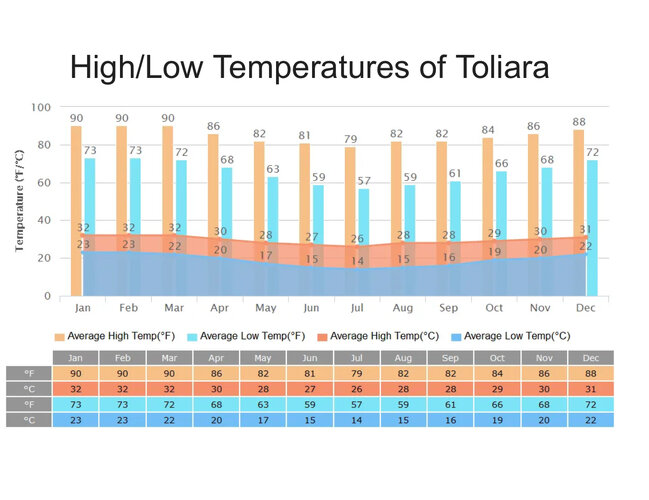javadi
Chameleon Enthusiast
I am writing up a few small studies right now. One of which is assessing the impact of keeping chameleons indoors vs. outdoors. The preliminary conclusion is that keeping outdoors seems to allow for a wider range of outcomes in growth rates, possibly due to more natural dominance behaviors when kept outdoors or other factors. It also suggests that in this species (Furcifer antimena), even in juveniles, lower nighttime temperatures and larger temperature swings do not underperform compared to milder temperatures/conditions indoors. Some of the preliminary findings are below.
For this study, I used some CH furcifer antimena (hatched in collaboration with Nick Unz ). I kept 4 indoors and 3 outdoors and measured their growth rates and the environmental conditions, while keeping food intake as controlled between the groups as possible. The indoor specimens were kept in pairs (two different enclosures, R1 and R2 are enclosure designations) and the outdoor was kept in a trio but in a substantially larger enclosure. This is interesting because the outdoor animals got as low as 58 some nights, despite being from a very warm environment (at least during the rainy season), compared to the low of ~72 in the indoor enclosures, yet the single largest animal was one kept outside, as was the third largest. However, the smallest animal by far was also kept outside, suggesting that something about being kept outside, or something about being kept as a trio but with far more space than a duo, limits growth. Overall this challenges the idea that juveniles must be kept at warmer nighttime temperatures to allow for adequate growth, and suggests that outdoor keeping is probably optimal compared to indoors even if the ambient conditions don't exactly match what is expected in the native range. Of note, I believe individually-raising chameleons is the optimal strategy, but given that group housing is still common practice, these results still hold value. Also of interest is that the outdoor individuals have yet to turn green, whereas the indoor-kept individuals are constantly green (see photos) and have been so for the duration of my time with them. Some graphs and photos below. I have yet to conduct statistical analysis given the n are small and the study isn't concluded yet.
). I kept 4 indoors and 3 outdoors and measured their growth rates and the environmental conditions, while keeping food intake as controlled between the groups as possible. The indoor specimens were kept in pairs (two different enclosures, R1 and R2 are enclosure designations) and the outdoor was kept in a trio but in a substantially larger enclosure. This is interesting because the outdoor animals got as low as 58 some nights, despite being from a very warm environment (at least during the rainy season), compared to the low of ~72 in the indoor enclosures, yet the single largest animal was one kept outside, as was the third largest. However, the smallest animal by far was also kept outside, suggesting that something about being kept outside, or something about being kept as a trio but with far more space than a duo, limits growth. Overall this challenges the idea that juveniles must be kept at warmer nighttime temperatures to allow for adequate growth, and suggests that outdoor keeping is probably optimal compared to indoors even if the ambient conditions don't exactly match what is expected in the native range. Of note, I believe individually-raising chameleons is the optimal strategy, but given that group housing is still common practice, these results still hold value. Also of interest is that the outdoor individuals have yet to turn green, whereas the indoor-kept individuals are constantly green (see photos) and have been so for the duration of my time with them. Some graphs and photos below. I have yet to conduct statistical analysis given the n are small and the study isn't concluded yet.





For this study, I used some CH furcifer antimena (hatched in collaboration with Nick Unz






